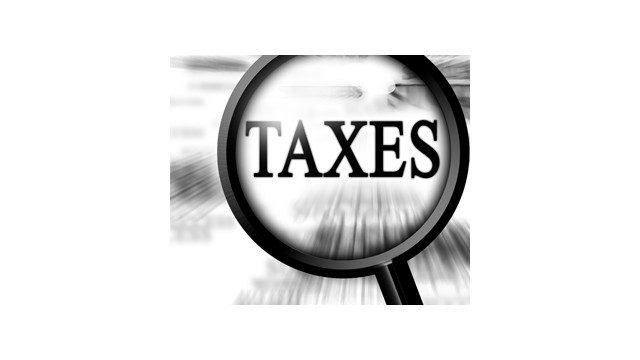IRS Private Tax Collection Program Doubles Revenue Year Over Year
Tax revenue collected by the PDC Program through the end of FY19 was more than double the total revenue collected in FY18 ($212 million collected in FY19 vs. $82 million collected in FY18). Additionally, revenue collected by the PDC Program in FY19 ...
Dec. 27, 2019

The IRS reports that as of September 30, 2019, the Private Debt Collection (PDC) Program directly collected $301.7 million in voluntary payments of long past-due tax revenue, plus millions more that has been collected by the IRS as a result of PDC Program taxpayer outreach. That’s according to the latest quarterly report from the Senate Finance Committee.
Tax revenue collected by the PDC Program through the end of FY19 was more than double the total revenue collected in FY18 ($212 million collected in FY19 vs. $82 million collected in FY18). Additionally, revenue collected by the PDC Program in FY19 nearly doubled compared to IRS forecasts for the same fiscal year ($212 million collected vs. $114.4 million projected).
“The PDC Program has proven to be a very effective tool to help the IRS increase tax compliance while improving customer service and support for taxpayers experiencing a tax debt,” said Kristin Walter, spokesperson for the Partnership for Tax Compliance. “The PDC program is paying for itself, demonstrating significant value to the U.S. Treasury and allowing the IRS to rapidly increase full-time, internal staff dedicated to tax collection.”
While the PDC Program is primarily focused on collecting revenue for the U.S. Treasury, the program also contributes 25 percent of the revenue collected to the IRS Special Compliance Personnel Program (SCPP) Fund, which provides resources to allow the IRS to hire and train new internal collections staff. In the report released today, the IRS shares that the PDC Program has contributed $61.5 million to the SCPP Fund and per the recent SCPP Fund Report to Congress, the IRS has already hired and trained 100 new employees to work automated collection system cases in their Philadelphia Service Center, with an additional 100 new IRS hires planned for early FY20.
Private Sector Best Practices Boost Federal Collections
The PDC Program was mandated by Congress in 2015, as part of bipartisan legislation, and officially launched in April 2017. The effort seeks to expand the customer service capacity of the IRS to offer a segment of taxpayers – those with uncontested tax underpayments – a variety of voluntary payment plans tailored to fit their particular budget to help them pay down their tax obligations over time.
“This fiscal year alone, more than 44,000 Americans chose to participate in the flexible, collaborative installment plan options provided by the PDC Program that allow them to manageably resolve their tax debts over time,” said Walter. “Participating taxpayers are finding relief in the PDC Program and consistently give the program an A grade when surveyed by a third party vendor.”
There are currently millions of inactive underpayment accounts in arrears representing approximately $131 billion in federal tax revenue that were previously thought to be uncollectible. Each year, $20 to 30 billion of that tax revenue is lost as a portion of accounts age out due to the collection statute of limitations. As this segment of tax revenue is brought in by PDC program installment plans, federal solvency improves and the IRS can augment their collection and recovery capabilities by adding more internal staff.
“With ongoing concerns about the federal budget, Members of Congress are actively searching for revenue to fund new and ongoing federal initiatives. The tax dollars collected via the PDC Program strengthen the federal budget and will help pay for critical federal efforts in the years ahead,” said Walter.
